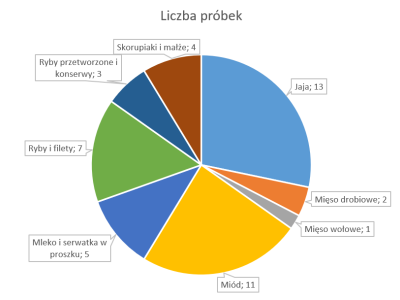ROPA
Model Tiger 5
ROPA prezentuje po raz pierwszy kombajn Tiger 5 jako nowego członka Klasy Ekstra wśród 3- osiowych kombajnów.
Już w 2-osiowej ROPA Panther zastosowano wyznaczający nowe trendy system podwozia ze stabilizacją wahnięć i wyrównywaniem pochyłości terenu. W nowym Tiger 5 koncept ten, z hydraulicznym zawieszeniem tylnych osi, rozszerzono o napęd dla wszystkich 3osi. W ten sposób powstał perfekcyjny system podwozia.
Specjalnie do Tiger 5 ROPA stworzyła nowy system podwozia i wahliwą przednią osią w połączeniu z dwoma hydraulicznie łożyskowanymi tylnymi osiami. W porównaniu do dotychczasowego systemu w kombajnie 3- osiowym (gdzie środkowa oś jest na stałe przykręcona do ramy) zachwiania maszyny zredukowano do 1/3! Stabilizację nadwozia udało się to osiągnąć dzięki połączeniu cylindrów stabilizujących przedniej i tylnych osi po jednej stronie, tak aby nierówności terenu oddziaływały na jedno koło tylko w 33 procentach. Dzięki zredukowaniu zachwiań nadwozia osiąga się lepsze prowadzenie agregatu wyorywującego w rzędach i pod względem głębokości, ponieważ rama stoi w pozycji wyśrodkowanej do wszystkich 3 osi. Dzięki hydraulicznemu połączeniu osi obciążenie jest stale równo rozkładane na wszystkie osie.
Model Tiger 5
ROPA presents the first time the Tiger 5 as a new superior class between the 3-axle sugar beet harvesters. The revolutionary chassis system with roll stabilization and slope compensation has aready been implemented in the 2-axle ROPA Panther. In the new Tiger 5 this concept was supplemented with a hydraulic chassis suspension of the rear axles, further developed on three drive axles and completed to perfection!
Specifically for the Tiger 5, ROPA has developed an innovative chassis concept with an oscillating front axle in conjunction with two hydraulically supported rear axles. Compared to previous chassis of 3-axle beet harvesters (the central axle is fixed to the frame) this reduces the sway of machine by one third! It is caused by hydraulic connection of stabilization cylinders at the front and rear axles of the one side, so that the ground unevenness at the wheel in level difference affects the frame only to 33 per cent - roll stabilization of the chassis. Thanks to the reduction of the chassis swing, the row and depth control is improved simultaneously, as the frame is averaged to the position of three axles. The hydraulic connection of the axles distributes the load always equally.
Materiał dzięki uprzejmości Beet Europe
http://www.beeteurope2014.com













